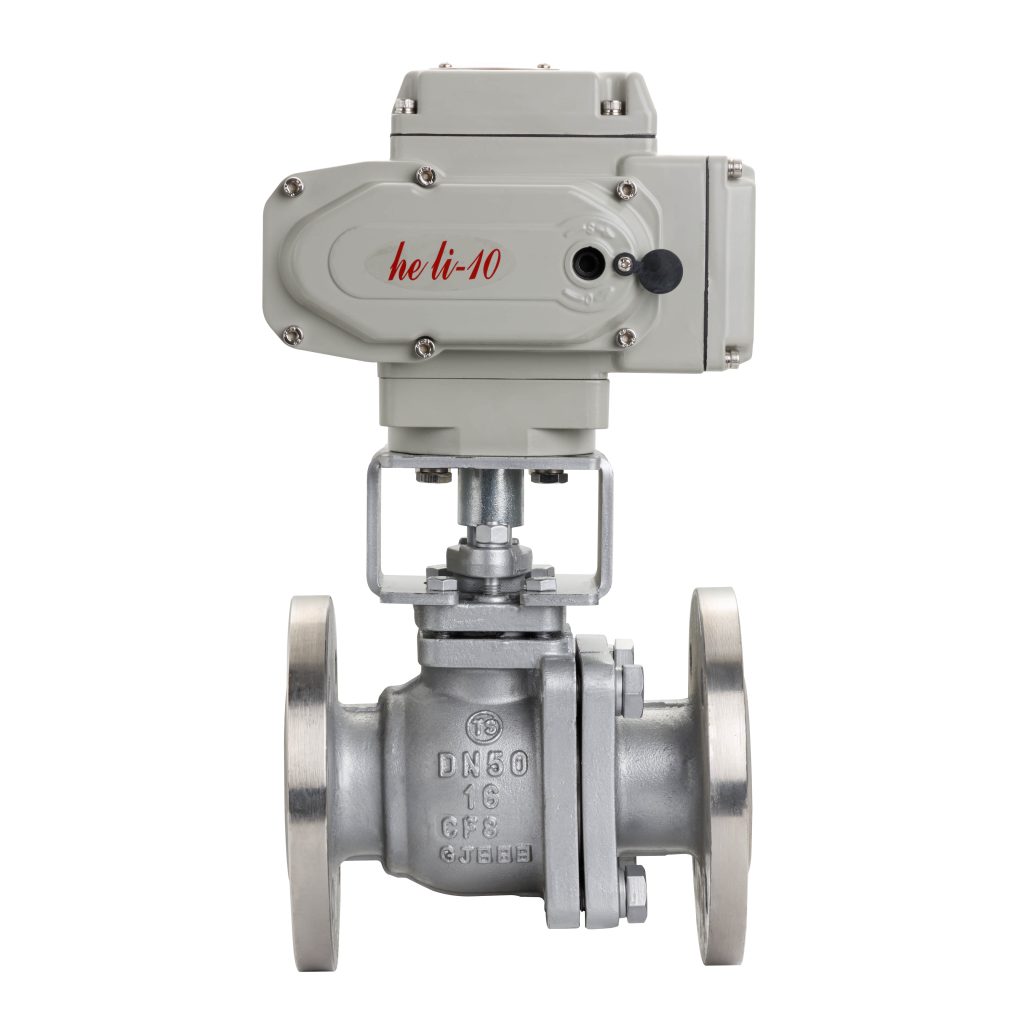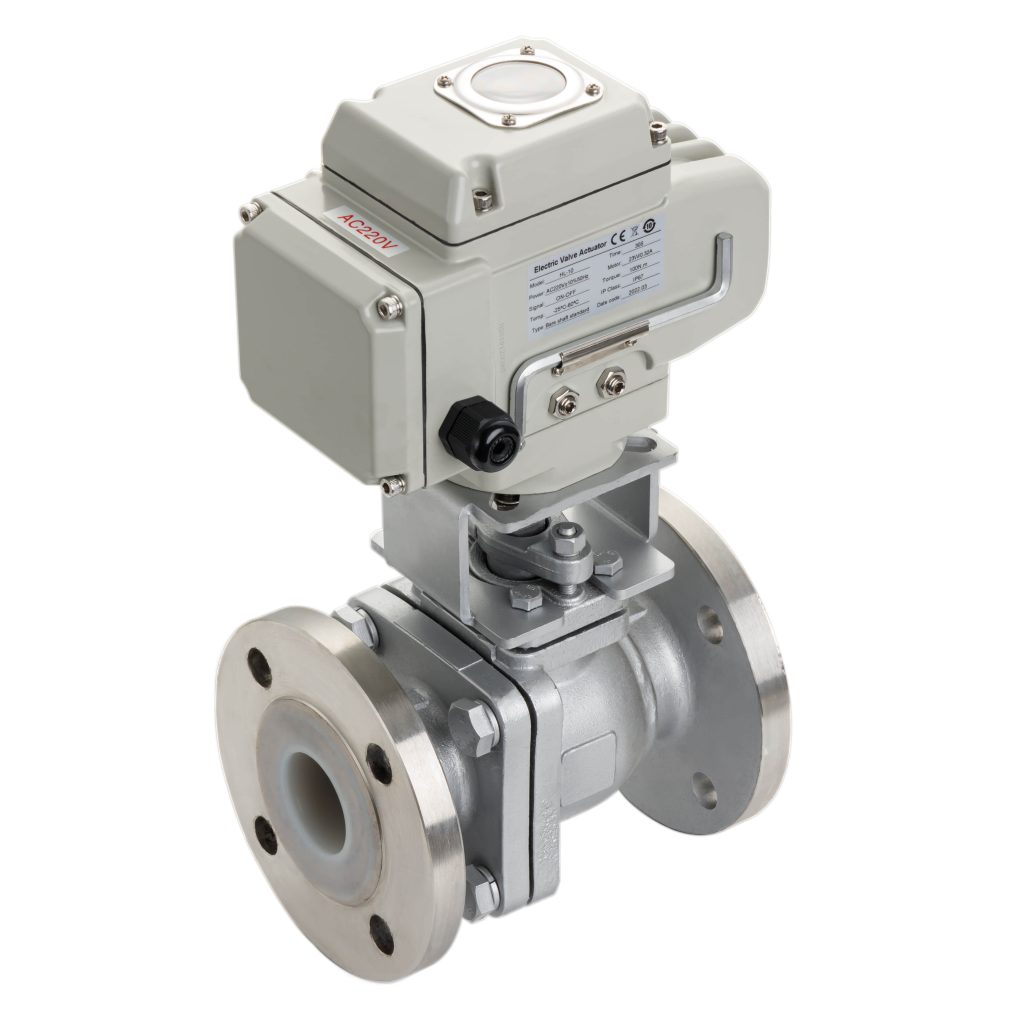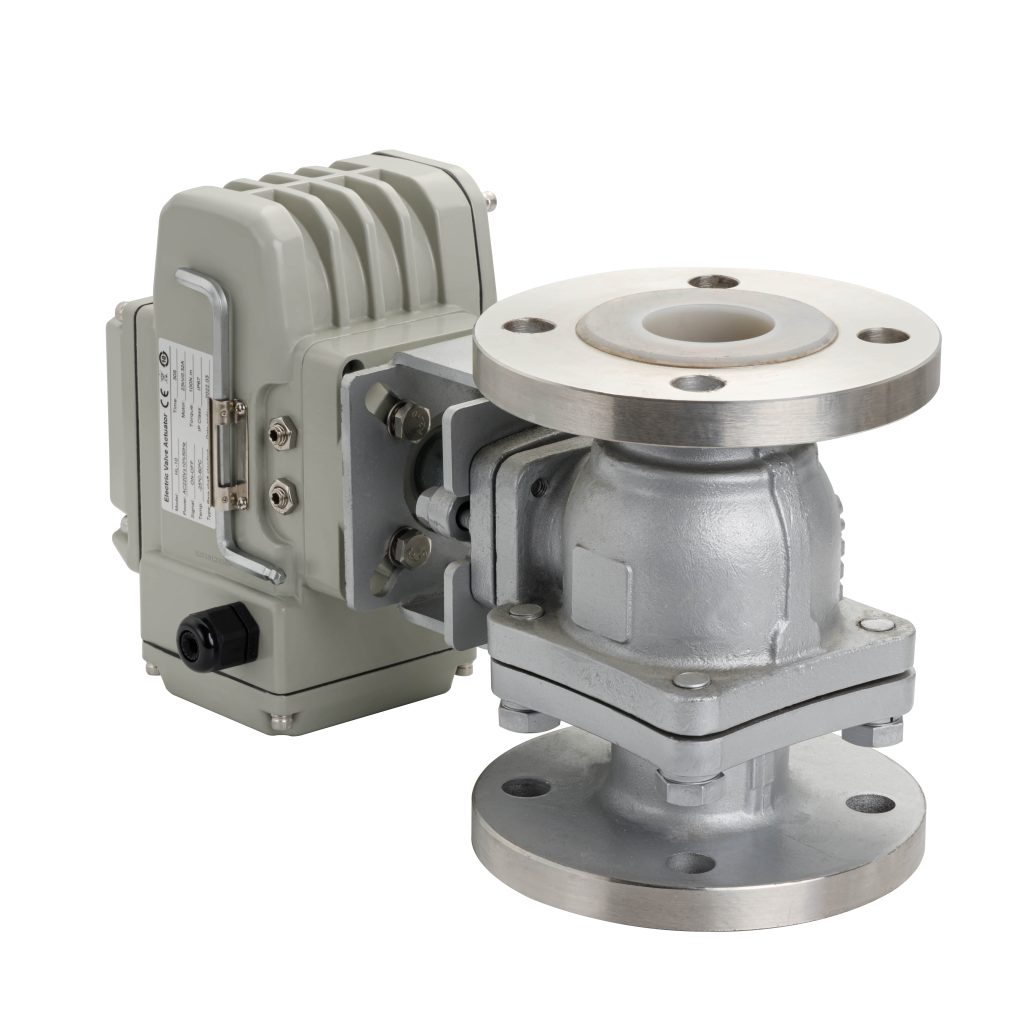Electric flange ball valves are critical components used in a variety of industrial applications to regulate the flow of fluids in a controlled and efficient manner. These valves combine the advanced technology of electric actuators with the reliability and performance of ball valves, making them ideal for environments that demand precise control, automation, and minimal maintenance. This article will explore the key features, benefits, and applications of electric flange ball valves.

Understanding Electric Flange Ball Valves

An electric flange ball valve consists of a ball valve mechanism coupled with an electric actuator. The ball valve itself is a type of quarter-turn valve that uses a spherical ball with a hole or port through its center. The position of the ball dictates whether the valve is open or closed. When the valve is in the open position, the port in the ball aligns with the pipe, allowing the fluid to flow freely. In the closed position, the ball rotates 90 degrees to block the flow. The electric actuator is a device that automates the valve’s operation. It is powered by electricity and typically consists of a motor and a control system that allows the valve to be operated remotely. The actuator’s job is to rotate the valve stem, which in turn moves the ball valve to either open or close the valve. This automation reduces the need for manual operation, improving the overall efficiency of fluid handling processes.
